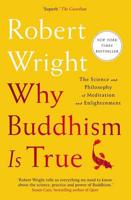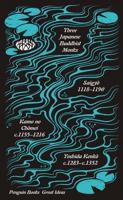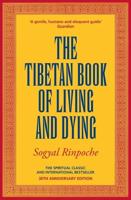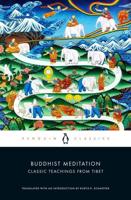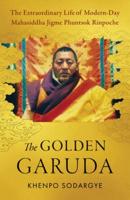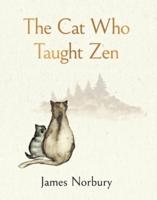Publisher's Synopsis
Mindfulness ranks as one of the most frequently asked questions on the Google search engine in the third decade of the 21st century. During that time, amidst the global pandemic (COVID-19), people grappled with both physical and mental challenges. Individuals and professionals actively sought remedies for physical ailments while simultaneously exploring treatments for mental distress at that time.
In their pursuit, they discovered various treatments for mental distress, embracing and experiencing their effectiveness. Among these discoveries, mindfulness emerged as the most renowned and widely adopted approach.
This trend extended to Buddhist countries, where individuals sought refuge amidst political, social, economic, and physical challenges. Turning to the prevalent mindfulness movement, people embraced and followed this popular path as a means to alleviate their mental distress.
Within the Buddhist community, uncertainty arises regarding mindfulness as some younger generations practice it in gyms, donning casual attire such as short pants and yoga pants. The question of whether mindfulness should be approached as a religious practice or a form of physical and mental exercise perplexes them, highlighting the evolving interpretations and applications of this ancient tradition.
Divergent perspectives emerge within the discourse on mindfulness, with some advocating for its classification as a religious practice deserving of respect, while others contend that it aligns more with psychological introspection, emphasizing its non-religious and psychological nature. This diversity of opinions underscores the ongoing dialogue surrounding the essence and purpose of mindfulness in contemporary.
The conventional norm in the Buddhist community involves younger individuals adhering to the guidance of their elders. However, the rise of mindfulness, predominantly championed by the younger generation, introduces a nuanced dynamic. This shift prompts a thoughtful blend of traditional respect for elders and an acknowledgement of the innovative influence emanating from the youth in embracing mindfulness. In the present era, it is imperative to heed the voices of the younger generation, particularly as mindfulness stems from a global cultural context. Given the prevalence of globalization in the information technology age, the youth are inherently more connected and attuned to these global influences.
Yet, amidst this evolving landscape, uncertainty persists.
The essence remains akin to the traditional teachings heard during temple retreats, yet the nuances lie in the altered usages and expressions of words.
Therefore, this book seeks to provide a compassionate explanation to older individuals who find themselves perplexed between the teachings of Buddhist monks on meditation and the perspectives of the younger generation emphasizing mindfulness. Plus, it will also clarify the concept for those who have merely heard the term mindfulness but are unsure of its meaning. Additionally, it aims to assist those already practising mindfulness and reaping its benefits, offering a guide to compare their experiential knowledge with textual explanations. Certainly, this book will be particularly beneficial for those unfamiliar with mindfulness.
In the ongoing debates about the superiority of Eastern philosophy over Western scientific approaches, this book may fuel those inclined to engage in such discussions.
Here, the discussion goes beyond extolling the benefits of mindfulness, shedding light on potential drawbacks. The book highlights the demerits of mindfulness, particularly addressing possible disadvantages when implementing mindfulness for individuals with specific mental disorders.

